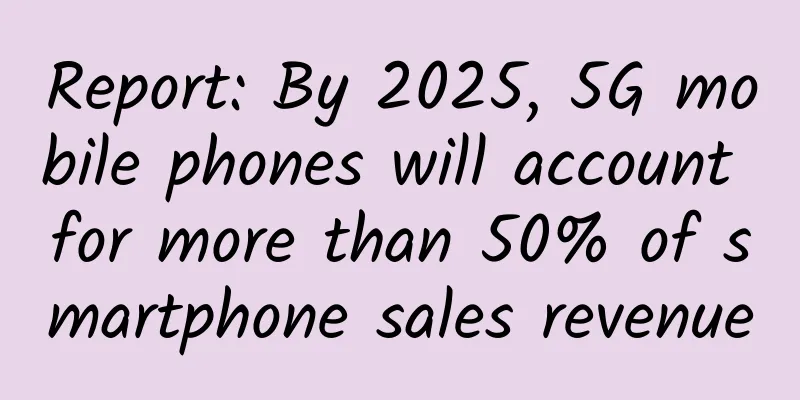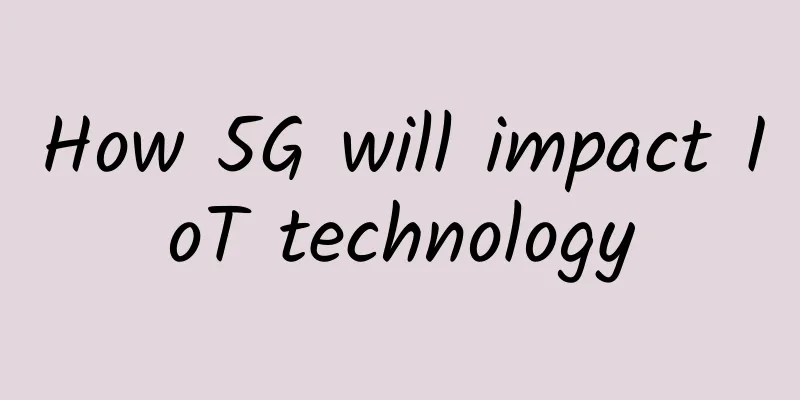Opening up the 6GHz frequency band: a new attempt with an uncertain future

|
On April 23, the Federal Communications Commission (FCC) voted to open the 6GHz band for unlicensed use. The so-called "unlicensed use" is relative to "licensed use", and such an opening is an important boon to Wi-Fi. FCC Chairman Ajit Pai predicts that by 2022, nearly 60% of the world's mobile data traffic will be transferred to Wi-Fi networks. Therefore, he believes that opening the 6GHz band spectrum will "effectively increase the available spectrum for Wi-Fi by nearly five times."
Before wireless operators were able to form continuous coverage of high-speed wireless coverage networks, operators and Wi-Fi operators once had plans and practices to cooperate to form complementary networks. Because at that time, with the gradual maturity of content, terminals and other parties in the Internet application value chain, the defects in coverage areas largely hindered the use of services. Customers failed to develop the habit of using Internet services anytime and anywhere, and the research on seeking to quickly and cost-effectively expand the coverage of access networks became a hot topic. In this context, operators and Wi-Fi operators have emerged with a complementary cooperation model of wide-area public network coverage + local Wi-Fi coverage. However, with the upgrading of wireless cellular networks, in the 4G and 5G eras, Wi-Fi with low security, poor wireless stability of products, and poor user experience has been greatly squeezed. At the same time, the low-cost advantage of traditional Wi-Fi no longer exists. After the commercial use of operators' 4G networks, traffic prices have been falling all the way, quickly entering the "G era" from the "M era". "Stable high bandwidth + continuous coverage + mobility" almost leaves Wi-Fi with no way to go. The first large-scale cooperation between wireless operators and Wi-Fi operators took place several years ago. At that time, the US telecom operator T-Mobile launched a personal CellSpot router and a Wi-Fi network voice service based on the router, which included a package solution for calls and wireless data access services. T-Mobile provides users with a free CellSpot router (only a deposit of $25 is required). The router has a Wi-Fi calling function, and users can use the network to make calls in the Wi-Fi network coverage area of the router at home, reducing the cost of voice calls again. At the same time, T-Mobile has established a partnership with Gogo, an aviation Wi-Fi network service provider, to provide customers with free in-flight wireless data services. Regardless of whether the purpose is to expand network coverage or improve network coverage, T-Mobile, as a mobile operator, seems to be actively guiding customers to direct traffic to the Wi-Fi network. Before the wireless network is upgraded, wireless operators will regard Wi-Fi as a low-cost wireless access method to achieve the goal of enriching the application needs of various application scenarios. For example, in fixed scenarios, applications such as virtual reality and image processing show a trend of concentrated traffic demand and low roaming demand, and Wi-Fi networks can serve as a powerful supplement. However, in the case of abundant spectrum and surplus traffic, even if the Wi-Fi network does not become an operational wide area network, it will compete with the data traffic that brings profit growth. Compared with operators, Internet companies have a completely different positioning for Wi-Fi. They believe that Wi-Fi should not be used only as a means to divert and clear congested networks, but should be made into a value-added service that can be provided to users, or a portal to realize applications with the help of Wi-Fi networks. Therefore, in the FCC voting resolution, the attitudes of the two camps are very different: Apple, Facebook, Google, Qualcomm and other companies actively promote it; while the United States Wireless Communications and Internet Association (CTIA), which represents the interests of traditional operators, raised objections from the perspective of regulating spectrum management. In fact, we are not unfamiliar with such discussions and attempts. In 2013, the FCC proposed to create a "Super Wi-Fi" network covering the entire United States, allowing users to access the Internet for free anytime and anywhere. The initiative caused heated discussions between two distinct factions at the time. The one represented by operators opposed the move, while the other represented by Internet companies such as Google mostly supported it. The design blueprint of "Super Wi-Fi" is characterized by wide coverage and signal strength. It can pass through thick walls, spread across mountainous forests, and connect vehicles moving on the road. Residents can also use this signal to surf the Internet and make Internet calls at home. In December 2013, New York City also announced that it would build a new outdoor public Wi-Fi network in the city. The network will cover 95 city blocks from 110th Avenue to 138th Avenue between Douglas Avenue and Madison Avenue, becoming the largest free outdoor network in the United States. However, the author observed that perhaps due to the lack of maturity of the supporting industry, or perhaps due to the homogeneity with cellular mobile networks but lack of mobility, such attempts in the United States have been proven in practice by time and are far from the FCC's expectations. The FCC hopes that open Wi-Fi services can become an important driving force for social development and innovation, and is expected to develop into a public service project that not only drives the industry but also increases social welfare. Can such expectations become a reality after the 6GHz frequency band spectrum is opened? |
<<: SD-WAN, 5G remote work technologies help future networks
Recommend
5G is not yet popular, so why are 4G phones now starting to have their speed limited?
I don’t know since when, but it feels like the cu...
5G Capacity Expansion Benchmark Study Based on User Service Perception
The formulation of the cell capacity baseline in ...
2G and 3G withdraw from the Internet of Things! The Ministry of Industry and Information Technology issued a major document
On May 7, the Ministry of Industry and Informatio...
5G commercial use please wait for low-consumption users
In recent days, major operators' apps have pl...
What will be the future of the Internet after the heyday?
On April 19, it was reported that the current Int...
5G and eSIM drive enterprise IoT growth
New research shows that businesses around the wor...
2018 Trends: What will the future hold for AI and IoT?
What kind of chemical reaction will occur between...
5G mobile phones start at 8,000 yuan. Use WiFi to experience 5G network first
Terminals that support 5G will be launched in 201...
Diagram | Why HTTP3.0 uses UDP protocol
This article is reprinted from the WeChat public ...
my country has built the world's largest 4G network
On January 6, the Ministry of Science and Technol...
After two weeks of remote work, do you still need an office?
【Abstract】If the Industrial Revolution drove peop...
my country's 5G construction and development have achieved remarkable results, and the 6G layout is about to start
At present, 5G, as a global emerging strategic in...
Jiang Lintao: Full text of the report "CDN Technical Issues and Standardization"! The CDN market is booming
The 2017 Asia-Pacific CDN Summit was held in Beij...
Interview surprise: What are the common HTTP status codes?
HTTP status code is the response status code retu...
Healthcare and smart city services will lead 5G IoT adoption
Juniper Research predicts that by 2026, there wil...









